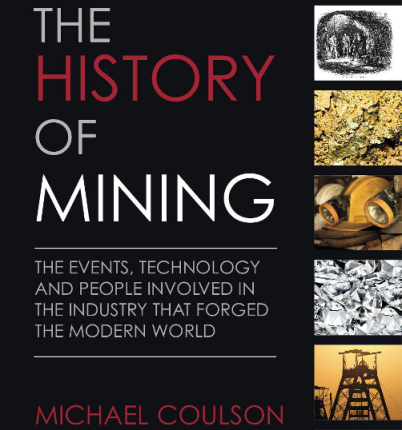Xstrata Nickel’s Koniambo Nickel project has gone into production with first metal tapped this week.
Production marks a key milestone for this complex $5 billion greenfield project in New Caledonia, which has been under construction for the past six years and has been a flagship component of Xstrata’s organic growth programme. At the height of its construction more than 6,000 people were employed in building the project and its associated infrastructure.
First metal production signals the start of Koniambo Nickel as a multi-decade, tier one asset with long-term cash costs at the bottom of the second quartile. At peak production the mine will further cement New Caledonia’s position as one of the most important nickel producers in the world and provide steady employment for approximately 800 workers, with a focus on local employment, and indirect employment for thousands of others.
Ian Pearce, Chief Executive of Xstrata Nickel, said: “All components of the mining and smelting process have now been successfully tested, leading to production of metal from Line 1. The production of first nickel metal at Koniambo after six years of complex design and construction is a huge achievement and a source of great pride for all of our employees. We are on track to deliver the full production rate of 60,000 tonnes per annum by the end of 2014 as scheduled, while maintaining excellence in terms of environmental and safety performance at this world-class industrial complex.”
























